technicolorclau
498 posts
Blog where i save my inspo
Last active 60 minutes ago
Don't wanna be here? Send us removal request.
Text


Time shifting
––
I wanted this but the original poster is transphobic
69K notes
·
View notes
Photo

Justin posted the 1956 house he and his wife bought in Jasper, Indiana. It is a complete time capsule. Absolutely NOTHING has been updated or touched.
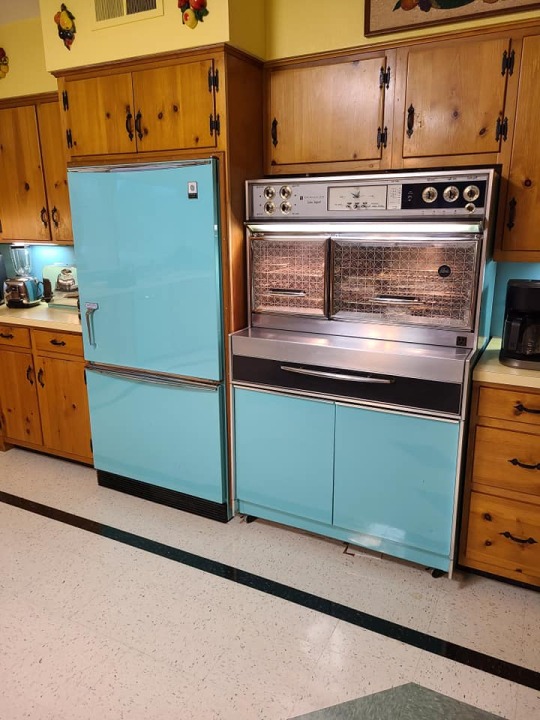


Everything is still here- look at the appliances. All original. This is not like the classy expensive updated mid century homes we’ve seen before.


The furniture has to be the original pieces and sets the previous owners bought.

The wall hangings are aged.

This is an interesting piece, this bar.
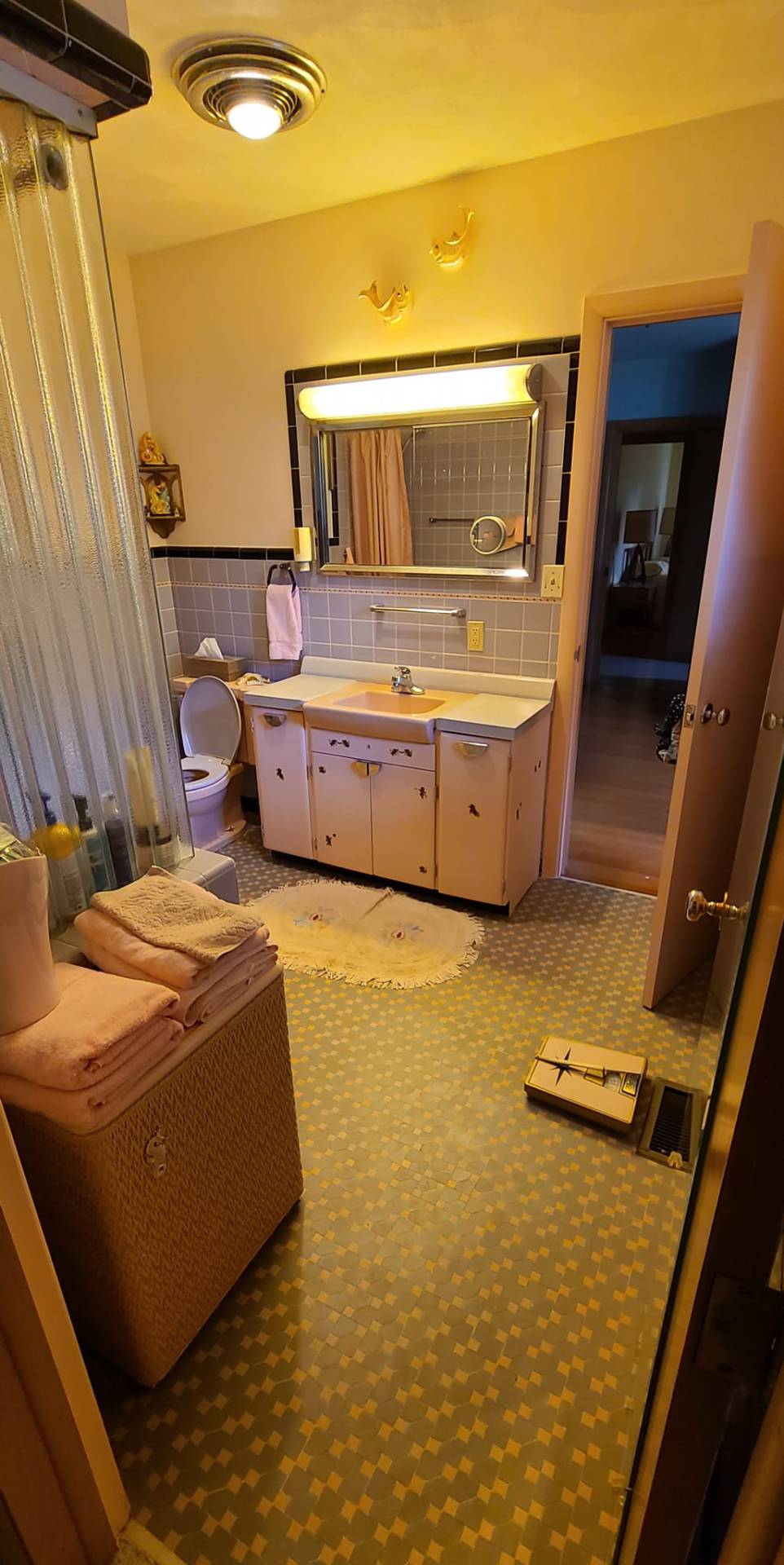
Look at the bathroom- pink fixtures.

Those lamps!

The master bath has a yellow tub and fixtures.

A 2nd bdm. Even the bedding is vintage.
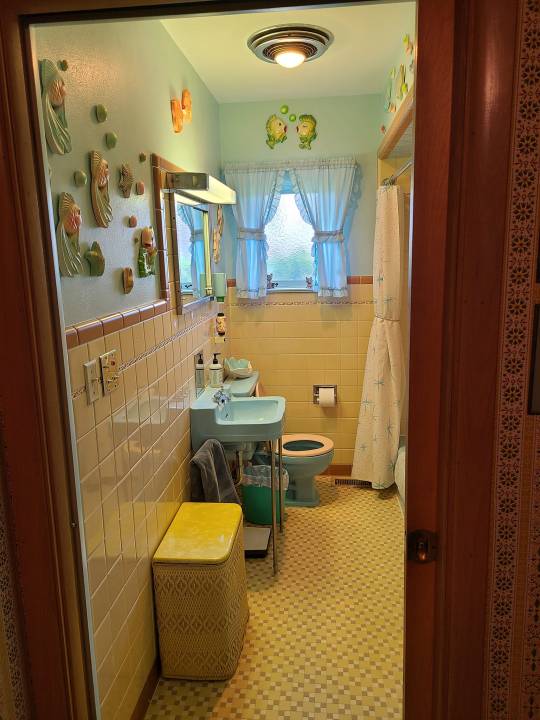
And, this bath has blue Fixtures. Wow, I would definitely keep them.

More cool lamps and original furniture in the knotty pine family room.

Wow, look at the built-ins in the office.

The lower floor.


The basement is cool- look at that floor! And, the TV. The bar is classic. I wonder if they were leaving any of this.

Off the rec room is a 2nd kitchen. A pink fridge!


And, there’s this room, too. Look at the stone wall.
for the love of old houses
46K notes
·
View notes
Text
the commodification of friendship is the most annoying thing to come out of the internet in ages. like actually i love to break this to you but you're supposed to help your friends move even if it's hard work. or stay up with them when they're sad even if you're gonna lose sleep. you're supposed to listen to their fears and sorrows even if it means your own mind takes on a little bit of that weight. that's how you know that you care. they will drive you to the airport and then you will make them soup when they're sick. you're supposed to make small sacrifices for them and they are supposed to do that for you. and there's actually gonna be rough patches for both of you where the balance will be uneven and you will still be friends and it will not be unhealthy and they will not be abusive. life is not meant to be an endless prioritization of our own comfort if it was we would literally never get anywhere ever. jesus.
195K notes
·
View notes
Text
Kids, we know how interest works, right? A while back I made a post about how credit card interest can screw you, but we know how interest can be good for you too, right?
I suspect we don't know about this because on one of the posts I made about it someone said something about how it is evil that money can make money, but you know that's not just for the ultrawealthy, right? That is legitimately something that you can and should take advantage of in some kind of retirement/savings/investment account.
Let us say that you are twenty years old, have no money to put into a savings account, but have a job that pays you well enough that you've got twenty dollars to spare from each paycheck.
Let us say that you put that into a normal savings account; normal savings accounts have an average interest rate of .56 APY. Let us say you are going to be working until you are sixty, and that you will add forty dollars to that account every month (twenty bucks from each paycheck) for a total of $480 per year.
At the end of 40 years you would have about $21.5k.

That's a pretty good chunk of change! twenty thousand dollars is a lifechanging amount of money. But look at the total interest. In forty years you would have accrued only $2300 in interest.
Now, instead, let us imagine that you are a member of a credit union that offers you a free, high-yield savings account with a decent APY. Everything else being the same, but putting that money in an account with a 4% return does this:

Your total contributions that you put in stay the same, but the amount of money you have at the end of forty years more than doubles.
Let's say you have a thousand dollars to put in the account at the beginning and run it again.


Low interest account: you add $1000 at the start and have an extra $1200 at the end.
High interest account: you add $1000 at the start and have an extra $4000 at the end.
There are many, many very stable opportunities for savings that will grow your money. Fifty thousand dollars isn't a retirement plan, but it's a hell of a lot better than what you would have if you just stuck cash in a savings account or if you didn't save any money at all.
I know how hard it can be to save. I know it feels impossible to put money aside, but even if you start with no money and can tuck away five dollars a week you can get a LOT out of that five dollars a week.

This certainly isn't "you can't buy a house because you get coffee at the cafe," but it something that can HELP.
Now, let's suppose you're not twenty. Let's suppose you're in my boat, and you're (almost) forty and you're going to be saving for twenty years. You still don't have a lot of cash, but you know it has less time to grow interest, so you double your contribution and you put in forty dollars for each paycheck for a total of $960 a year.

That is extremely very much not the same thing as putting in forty bucks a month for twenty years. Instead of your interest being nearly one and a half times the amount of your contributions, it is around half.
If you are a young person (honestly even if you are not a young person) and it is in any way possible for you to start putting money into any kind of an investment account, you should do so as soon as humanly possible. The earlier you do it, the more interest you will have and the more money you will end up with when you are nearing retirement age.
This is how individual retirement plans work. This is what a 401K does, but sometimes it does that with matching contributions from your employer (so your employer matches whatever you put into the account up to a certain percentage of your pay). 401K accounts also often have higher APYs than high yield savings accounts, though they have more limitations on how and when the money can be pulled out.
If you are broke as fuck and never learned anything about investing or interest from your family because your family was broke as fuck too, now is the time to learn. r/PersonalFinance is a reasonable resource (and if you ever happen to have a windfall that's the first place I would point you for figuring out how to make the most of it) for learning about this stuff.
Thinking about money sucks! Being afraid you'll never be able to retire sucks! Having to figure out how to save sucks! But there are tools out there that even very fucking broke people can use to make that suck less.
6K notes
·
View notes
Text








i’ve slightly made a tiny new bit of hobby in these, they upset me very sweetly.
little disclaimer; i’m not completely—nor much at all—certain that these will speak to how everyone sees things, but these slow horses are also my little doves. only ever as i’ve seen them. though i’ve pulled a few differing thoughts as references too
68 notes
·
View notes
Text



Pink-spotted Fruit Dove (Ptilinopus perlatus), family Columbidae, order Columbiformes, found in New Guinea
photos: Irawan Subingar, Ekhardt Lietzow, Dubi Shapiro
17K notes
·
View notes
Text
How Not to Break Your Sewing Machine
I work in a shop where we repair sewing machines (a LOT of sewing machines), and unsurprisingly we see a lot of the same problems over and over again, so I'm here with some advice on how to keep your machine running longer.

When you break a needle, dig around until you have found the broken piece. If you leave it in there, it can end up in the wrong place at the wrong time and break something vital.
SLOW DOWN. The function of your sewing machine depends on the different moving parts ending up in the right place at the right time. Having to go through a lot of/heavy material slows the needle down, but it doesn't slow down the mechanism underneath the needle plate. If you try to go your usual speed, the needle will arrive too late and collide with something it shouldn't, breaking either the needle or the bobbin case. If the material is especially heavy (say you're sewing several layers of denim, or sewing webbing onto canvas), take your foot off the pedal and turn the machine by hand.
Clean out the bobbin area after each project. Really. Your machine comes with a little brush for this purpose. If it doesn't, a little dollar-store paint brush will work just fine. Remember what I said above about things being in the right place at the right time? Everything needs to be able to move freely for this to work. I know it looks like it's just a little dust and fluff, but it will jam up your machine eventually.
If you can, get your timing adjusted by a professional. I know most people don't have a sewing machine repair shop in their neighbourhood, but if you can do this, it's worth it. If the machine's timing is good, then you're more likely to have a little leeway for heavier fabric or a lintier bobbin case. When the timing is just a bit off, it takes less of an obstacle to put the needle in a place it shouldn't be.
If you can, buy a machine built before 1980. If it's still working 50 years after it was made, it's gonna keep working. Those older machines are made with metal gears and therefore weigh a ton, so they're definitely not a good choice if you don't have a permanent setup for your machine, but it means they basically last forever. Newer machines are made with plastic parts, and no matter what you do, they will break.
Don't buy a Singer Heavy Duty. I'm sure those machines have their benefits, but they are absolutely not heavy duty. We repair more Singer Heavy Dutys than any other single model of sewing machine. If you're already stuck with a Heavy Duty, then follow my advice above even more scrupulously, and start shopping around for a replacement if you can. You can get a used sewing machine of better quality for significantly less than a new Heavy Duty.
To keep things working properly, make sure you're:
threading your machine properly
using the right kind of bobbin
adjusting your tension properly
and using the right kind of needle for the fabric you're sewing!
(These things are unlikely to break your machine, but they will keep it from sewing properly.)
Other than that, get your hands on your machine's manual and read it carefully. If you can, bring your machine in for a cleaning and adjustment now and then. Your machine will need repairs every once in a while: it's a lot of little moving parts! But these are some basic precautions you can take to avoid some common problems.
2K notes
·
View notes
Text
i think we need to start saying "same hat" again. weve forgotten the yaoi
53K notes
·
View notes
Text










Angus McBride.
All but one of these are illustrating scenes from the world of Lord of the Rings. Try to spot the odd one out, and then read my newsletter about McBride to see the answer.
8K notes
·
View notes
Text
my brother is like. Halfway asleep and he was just babbling on about how "it should be calcifer's moving castle. He's the one who does the moving. Put that- pos- put that on your tumblr. Free post right there."
So here's your free post guys. Everybody say thank you kerry
3K notes
·
View notes
Note
The tit warbler
just unreasonably cutesy tbh. deviant art ass bird. 10/10.

3K notes
·
View notes
Text
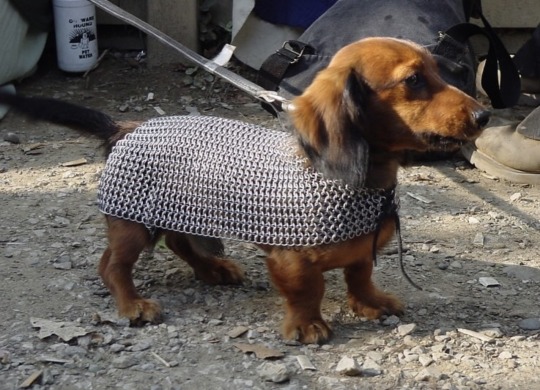
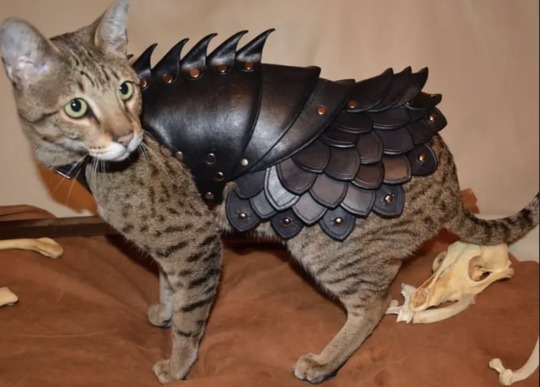
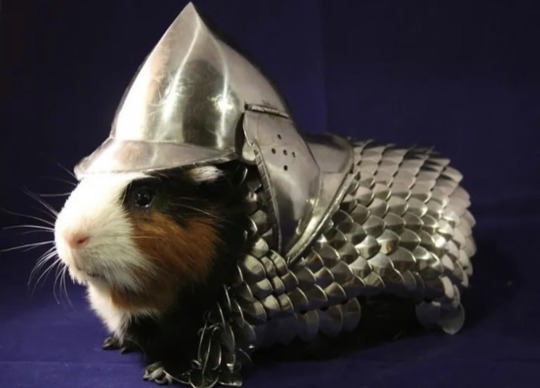

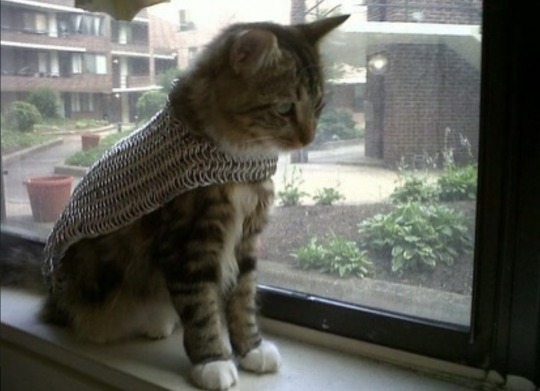

animals in medieval armor
34K notes
·
View notes







